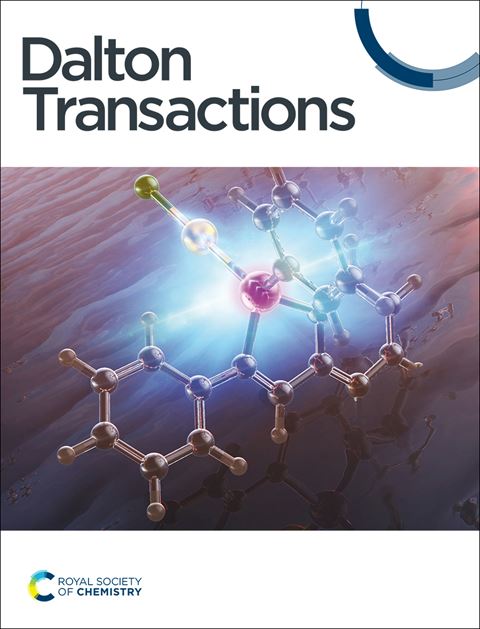Versatile Functionalization of De-Fluorinated FMOF-1 Towards Enhanced Carbon Capture and Separation: A Predictive Molecular Simulation Study
IF 3.5
3区 化学
Q2 CHEMISTRY, INORGANIC & NUCLEAR
引用次数: 0
Abstract
Fluorous metal-organic frameworks, FMOFs, represent a superhydrophobic class of MOFs containing -CF3 or -F groups in their pores. The primary objective of this research is to computationally design functionalized FMOF-1 with X = -OCH3, -CN, -OH, -COOH and -NH2 instead of -CF3 and analyze their CO2 adsorption and separation characteristics. Grand Canonical Monte Carlo (GCMC) simulations are used to study adsorption properties of CO2, CH4 and N2 in all structures. Henry’s constant (KH) and isosteric heat of adsorption at infinite dilution (Qst0) estimated from GCMC simulations plus the binding energy (BE) from Mӧller-Plesset second-order perturbation theory (MP2) quantum-mechanical simulations characterize adsorbate-adsorbent interaction strengths. Such simulations predict a systematic enhancement of all KH, Qst0, and BE values in X-functionalized MOFs vs the parent FMOF-1. Among such functional MOFs, the X = -COOH structure is predicted to exhibit the largest CO2 uptake in the low-pressure region due to the strongest CO2/-COOH interaction strength, as supported by the largest KH (1.02 ×10-4 mol/kg/Pa). In contrast, at high pressures (30 bar), the X = -OH structure is predicted to exhibit the highest CO2 uptake. Indeed, replacing the -CF3 groups in FMOF-1 by any aforementioned X group is expected to afford higher CO2 uptake in the GCMC-simulated adsorption isotherms compared to the parent material. The selective adsorption of CO2 over CH4 and N2 was determined using the ideal adsorbed solution theory (IAST) method at 50:50 and 15:85 CO2/CH4 and CO2/N2 binary mixtures, respectively. The X = -COOH structure amounts to the largest selectivity (59.6 for CO2/CH4 and 128.7 in CO2/N2); i.e., nearly 40x and 43x higher vs FMOF-1 (1.5 and 3 in CO2/CH4 and CO2/N2, respectively) at 298 K and 0.1 bar. Functionalized MOFs for CO2 separation, natural gas purification, landfill gas separation, and/or CO2 flue gas capture suggest X = -OH, -COOH and -NH2 are promising to enhance adsorption capacity and selectivity.求助全文
约1分钟内获得全文
求助全文
来源期刊

Dalton Transactions
化学-无机化学与核化学
CiteScore
6.60
自引率
7.50%
发文量
1832
审稿时长
1.5 months
期刊介绍:
Dalton Transactions is a journal for all areas of inorganic chemistry, which encompasses the organometallic, bioinorganic and materials chemistry of the elements, with applications including synthesis, catalysis, energy conversion/storage, electrical devices and medicine. Dalton Transactions welcomes high-quality, original submissions in all of these areas and more, where the advancement of knowledge in inorganic chemistry is significant.
 求助内容:
求助内容: 应助结果提醒方式:
应助结果提醒方式:


